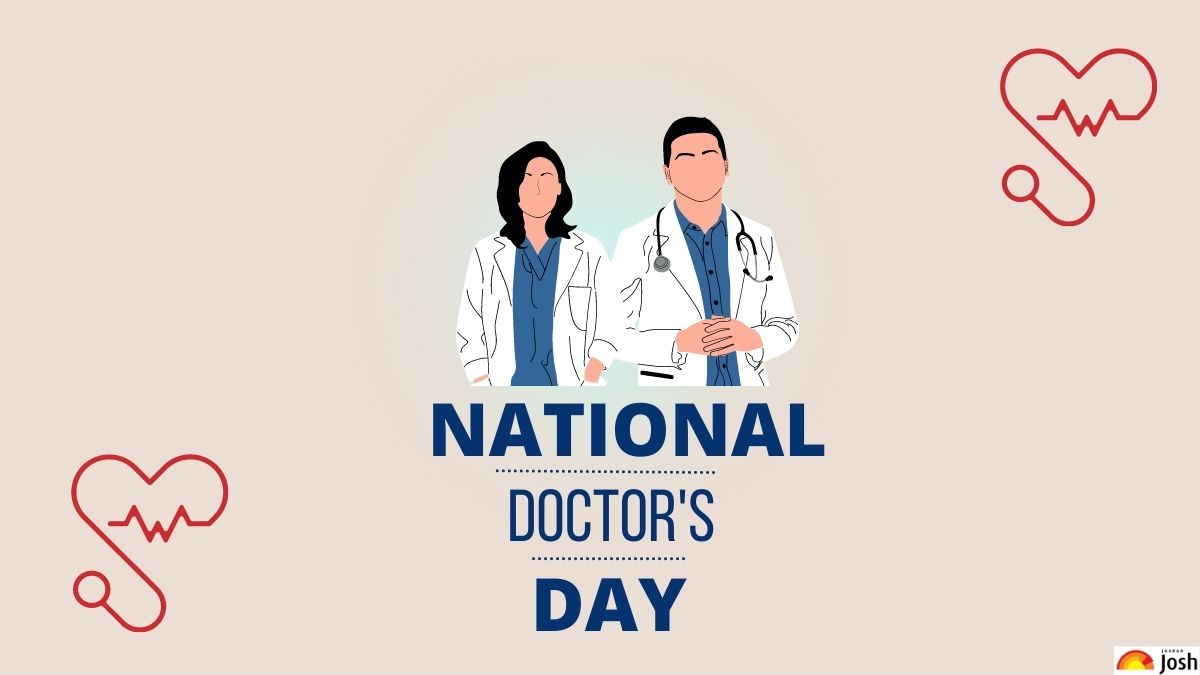India, with its vast population and diverse healthcare landscape, has been grappling with numerous challenges in its healthcare system. Within this system, doctors play a crucial role, tirelessly working to save lives and provide quality care. However, the situation for doctors in India is far from ideal, with several pressing issues affecting their professional lives. let’s delve into the current realities faced by doctors in India and expose some concerning facts that shed light on their challenges.
1. Doctor-Patient Ratio
India, with a population of over 1.3 billion people, faces an alarming shortage of doctors. According to statistics, the doctor-patient ratio stands at approximately 1:1500, far below the recommended standard of 1:1000 by the World Health Organization (WHO). This scarcity places an immense burden on doctors, who often find themselves overwhelmed with an excessive number of patients, leading to compromised quality of care.
2. Overworked and Understaffed:
The gruelling work schedules and long hours endured by doctors in India are staggering. Due to the shortage of medical professionals, doctors are frequently required to work extended shifts, sometimes without adequate rest. The demanding workload takes a toll on their physical and mental well-being, contributing to burnout and increased stress levels.
3. Neglected Healthcare Infrastructure:
Many public hospitals and healthcare facilities across India suffer from poor infrastructure and inadequate resources. Outdated equipment, insufficient beds, and a lack of essential supplies create significant challenges for doctors. They often struggle to provide optimal care in such settings, compromising patient outcomes and their own professional satisfaction.
4. Violence Against Doctors:
An alarming issue plaguing the medical fraternity in India is the rising incidents of violence against doctors. Frustrations arising from long waiting times, miscommunication, or unfavourable outcomes sometimes result in verbal abuse, physical assaults, and even mob attacks on doctors. Such acts not only threaten the safety and well-being of doctors but also erode the trust between doctors and patients.
5. Inadequate Compensation:
Despite their immense responsibilities and demanding work, doctors in India often face inadequate financial compensation. Low salaries, particularly in public healthcare institutions, make it challenging for doctors to meet their personal and professional needs. The financial strain adds another layer of stress, potentially affecting their job satisfaction and motivation.
6. Rural Healthcare Disparities:
Doctors in rural areas of India face unique challenges due to the acute shortage of medical professionals and healthcare facilities. Remote villages often lack access to quality healthcare, forcing doctors to work in resource-constrained environments. They encounter logistical difficulties, endure long commutes, and must navigate cultural and linguistic barriers while delivering care to underserved populations.

 The situation of doctors in India presents a complex web of challenges, ranging from insufficient resources and infrastructure to violence and a dearth of medical professionals. Addressing these issues requires collective efforts from the government, healthcare organizations, and society as a whole.
The situation of doctors in India presents a complex web of challenges, ranging from insufficient resources and infrastructure to violence and a dearth of medical professionals. Addressing these issues requires collective efforts from the government, healthcare organizations, and society as a whole. 









.jpeg)




.jpeg)

.jpg)













